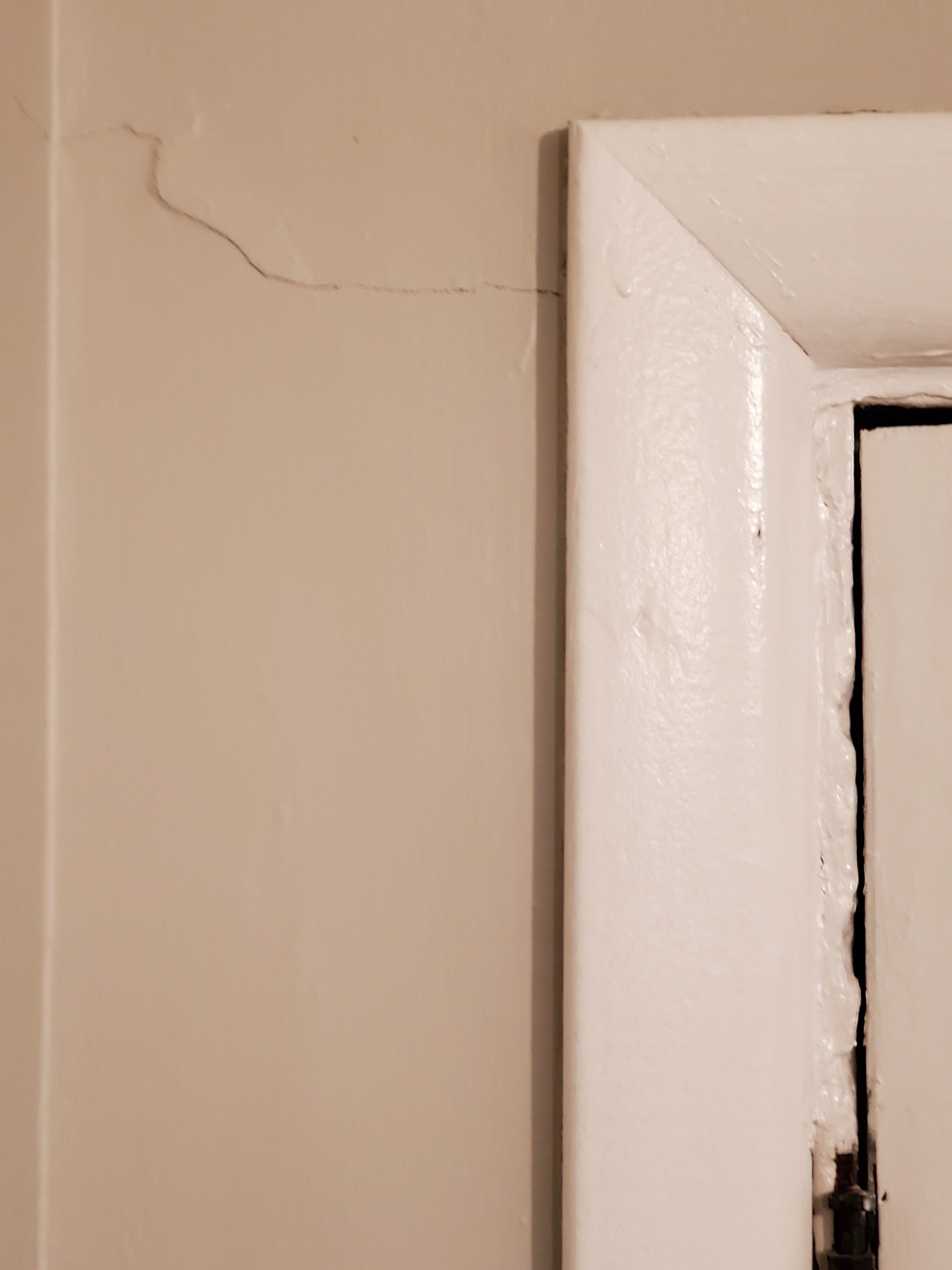When you walk through a turn-of-the-century townhouse in Staten Island or South Brooklyn, you might spot something that catches your eye: a diagonal crack above a doorway, a thin line in the plaster by a window, or a separation between moulding and wall in the parlor. For homes like these, historic brownstones, colonials, and wood-frame structures, those cracks are often settling marks. But how much settling is normal, and when should you sound an alarm?

Why Settling Happens in Older Homes
Every building will shift, move and adapt to its foundation, soil, materials and environment. With older homes -- especially those in neighborhoods like 103xx or 11209/11214/11228 -- there are a few reasons for visible cracks:
Soil and foundation changes. Older foundations may be stone, brick, or early concrete. Over decades, soil can compress, shift, settle differentially, or change moisture content, leading to movement in the structure. stonebldg.com+2dalinghausconstruction.com+2
Material aging and rigidity. Historic brick-and-mortar or masonry walls are less flexible than modern framing. When the foundation moves even slightly, the rigid structure can crack. Harlem World Magazine+1
Moisture and external forces. Leakages, freeze/thaw cycles, tree root growth and poor drainage can all trigger shifts in older homes. Homes and Gardens+1

How to Read the Cracks: Normal vs. Trouble
Not every crack means the building is falling apart. But some require attention. Here’s how to tell the difference:
Likely normal: Thin hair-line cracks (< 1/16 inch), vertical orientation, stable width over time, located above door frames or at plaster-to-moulding transitions. These often reflect the house “settling in” rather than failing. dalinghausconstruction.com+1
Possible trouble signs: Stair-step cracks in brick, widening gaps (>¼ inch), new cracks appearing quickly, horizontal cracks in foundations, windows/doors that stick or no longer close properly. These may indicate structural movement you should legitimately investigate. Forbes+1

What This Means for Homebuyers in Staten Island & South Brooklyn
If you’re buying a historic property in our local market, here are your take-aways:
Don’t panic the first crack. In a 100-year-old brownstone, a small crack in the plaster is often part of the story, not the headline.
Watch for patterns and change. A crack that keeps growing, appears in multiple spots or is accompanied by structural symptoms (doors that bind, floors that slope) deserves a closer look.
Budget for inspection and upkeep. When you work with me, we’ll build a checklist around these historic-home dynamics; inspections are part of the cost of getting a character home right.
Preserve original materials. In many cases, cracks appear where historic materials meet new finishes. Using compatible repair materials preserves value and keeps the character intact.

When you choose a home with history in Staten Island or Brooklyn, you’re also choosing a home with a past. These settling cracks are part of that past; they aren’t always a red flag, but they are something to understand. And that’s where I step in as your local expert, so you don’t just buy a house, you own it wisely.
—
Joseph Ranola | Five-Star Staten Island & South Brooklyn Realtor® (30 + Google reviews)
Associate Broker · Matias Real Estate | Founder · Bridge & Boro Team
Serving 103xx and 11209 / 11214 / 11228 | $25 M + closed volume
📞 917-716-1496 | RanolaRealEstate.com


